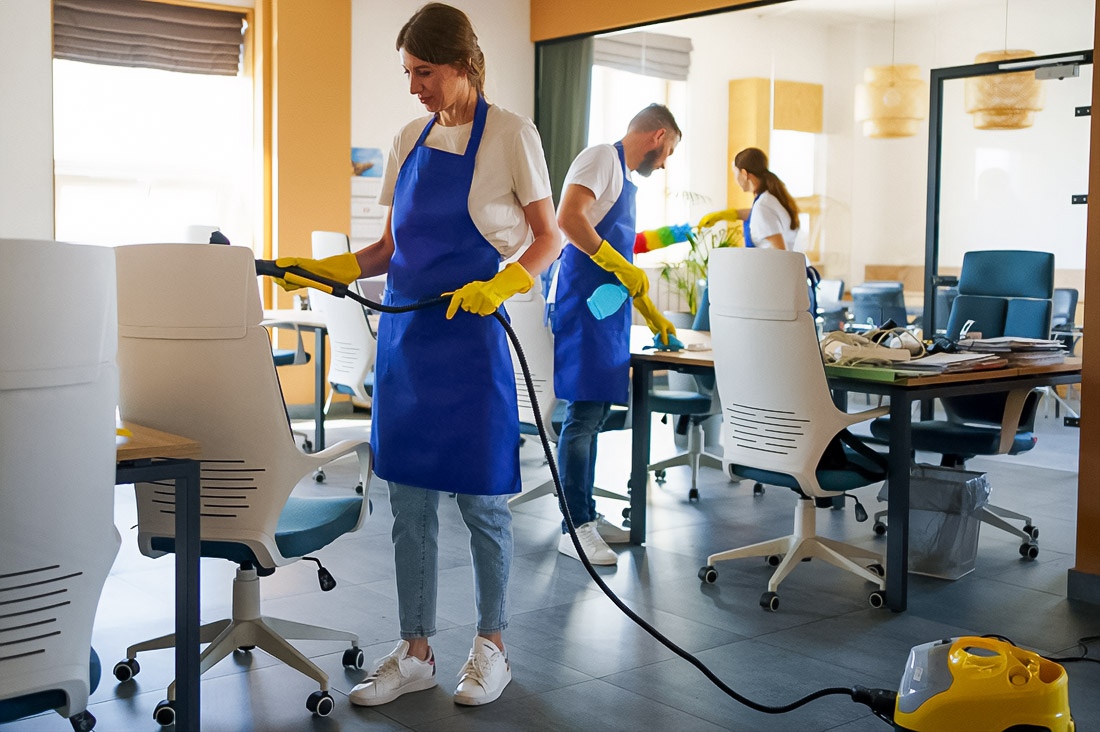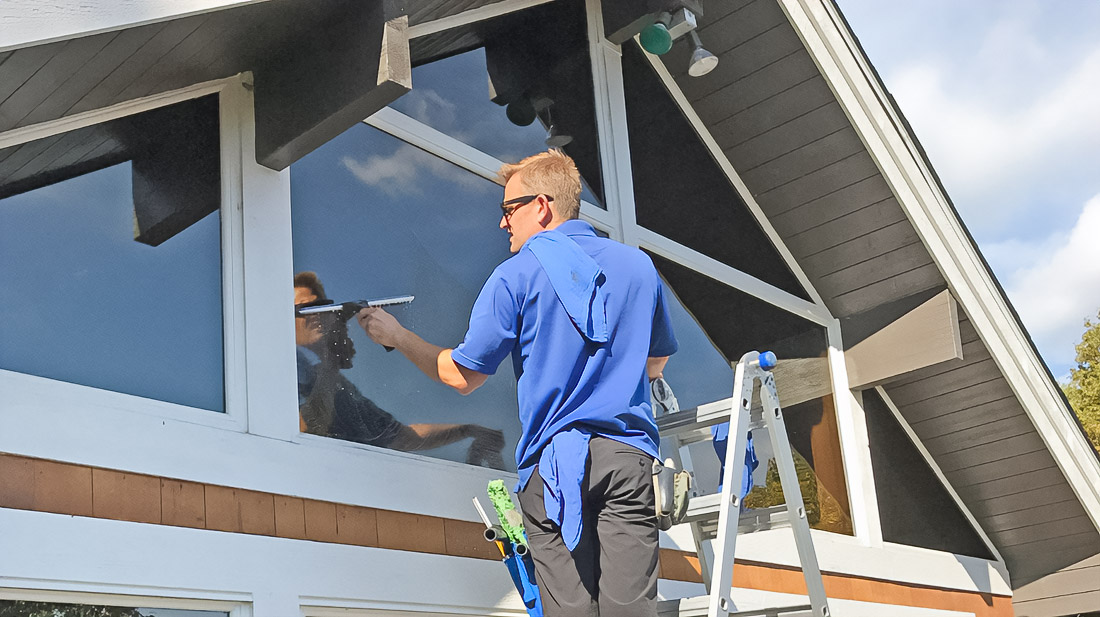Allergies are not a minor seasonal nuisance, but a powerful factor that undermines the health of millions of workers and the stability of the economy. More than 41 million people in the UK suffer from various forms of allergies, and about a quarter of adults experience symptoms of hay fever, or allergic rhinitis. Productivity losses caused by constant sneezing, lacrimation, and chronic fatigue reach 324 million pounds annually. These figures speak for themselves: we are talking about real losses of human capital.
Content of Page
Symptoms and Their Effects

Seasonal allergies are exhausting. People are constantly sneezing, coughing, experiencing nasal congestion, headaches, and extreme fatigue. Concentration drops, irritability increases. Unlike colds, which go away in two weeks, allergic rhinitis can last for months. Especially in summer, when pollen peaks. Every fifth employee is forced to take sick leave, and a third hides the true reasons for their absence. The usual excuses seem less painful than admitting that allergies literally make life difficult.
Seasonal Pollen Surges

The picture worsens in spring and summer. Warm wind and massive blooming trigger “pollen bombs”. This is a sudden release of allergens into the air, covering entire cities. Oaks, birches, plane trees, timothy, ragweed the list of dangerous plants is long. Their pollen causes bouts of irritation, making it difficult to focus even on the simplest tasks. For office workers, every working day turns into a challenge.
Internal Sources Of Allergens

The danger is not limited to the street. Inside buildings, allergies are fueled by dust mites, mold spores, and pollen particles brought with clothes and shoes. Warm, humid rooms become a favorable environment for mold growth. Carpets, upholstered furniture, curtains accumulate allergens. Open windows at the peak of the season only worsen the situation. Systematic cleaning and specialist support is important here. Many companies turn to professional office cleaning services, realizing that only thorough cleaning can reduce allergen levels.
Allergies And Occupational Diseases
The link between allergies and asthma is obvious. Up to 15% of adult asthma cases are occupational, of which 90% are sensitizer-induced. The symptoms are known: suffocation, wheezing, coughing, shortness of breath. For office workers, this is a threat of developing a chronic condition that can change their lives. The lack of prevention and poor working conditions only increase the risk.
Workplace Strategies
Employers can make a difference.
- Conducting a risk assessment identifies the sources of allergens.
- Air conditioners with HEPA filters reduce pollen and mold spores.
- Regular cleaning and replacing carpets with easy-to-clean coverings reduce the accumulation of allergens.
- The organization of outerwear storage limits the spread of pollen.
- Flexible hours and remote work during periods of high allergen levels increase employee productivity.
Medical Support And Training
The symptoms can be mitigated. Antihistamines, corticosteroid sprays, and eye drops help to cope with the symptoms. In severe cases, doctors recommend immunotherapy, which reduces the body’s sensitivity to allergens. But it doesn’t all come down to medications. It is important to know pollen forecasts, use air purifiers, and follow hygiene rules. Staff education and management support create a culture where employees are not afraid to openly discuss their symptoms.
Social And Economic Impacts
Allergies destroy not only health, but also work processes. Fatigue, loss of concentration, irritability all lead to deadlines and a decrease in the quality of work. Almost half of the country’s population is experiencing manifestations of hay fever. Ignoring the problem means accepting losses. Companies that implement systemic allergen control measures win twice: employee health improves and business efficiency increases.
Allergies in UK offices are a challenge that requires a comprehensive approach. Pollen, dust, dust mites, and mold attack from the outside and inside, exhausting workers. The solution is possible only through regular cleaning, air filtration, flexible schedule, medical support and educational programs. Where management takes the initiative, employees get a safe environment, and companies get stable and productive work.

